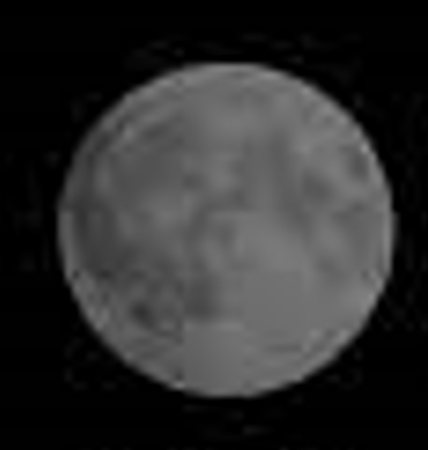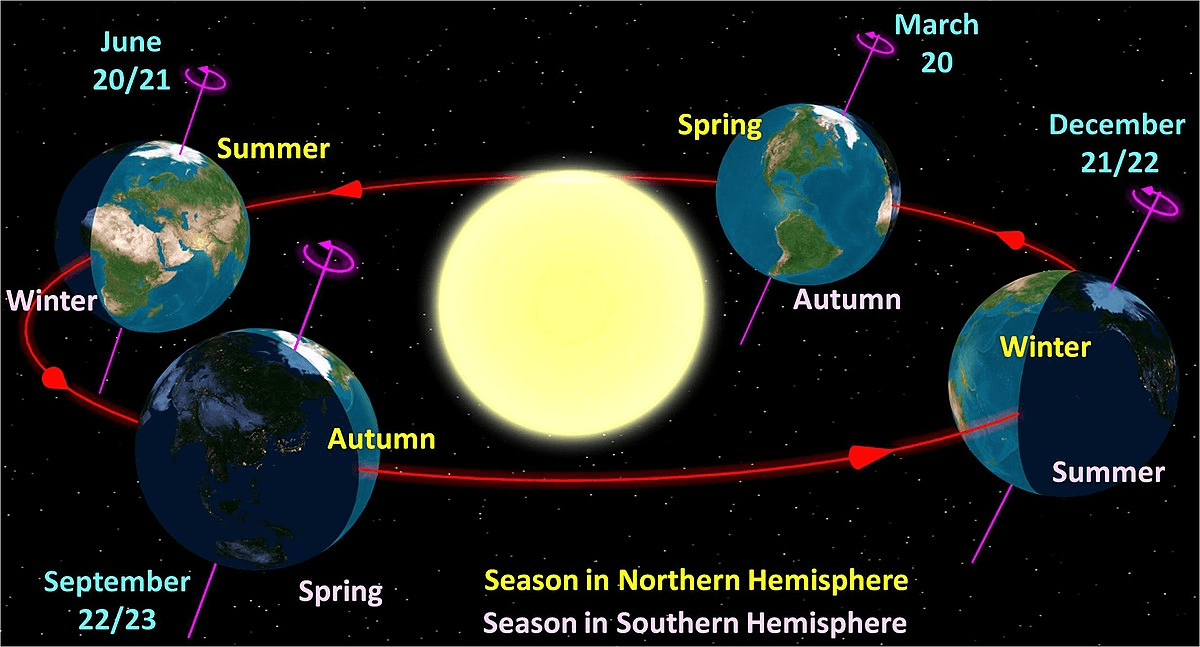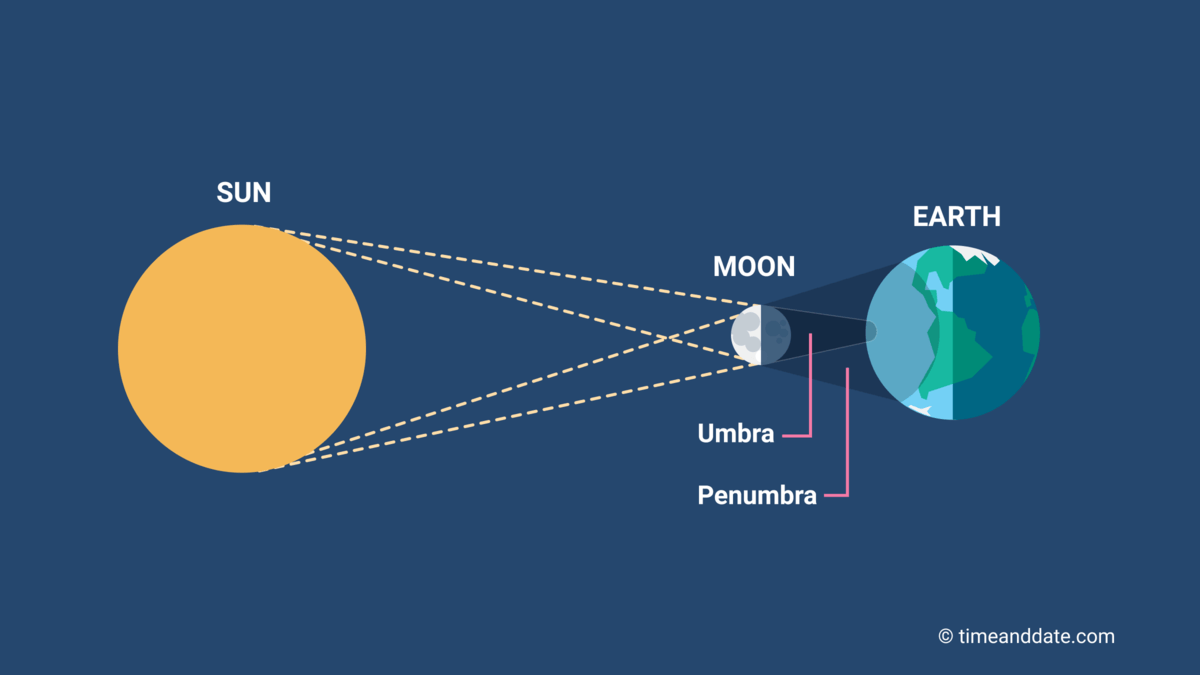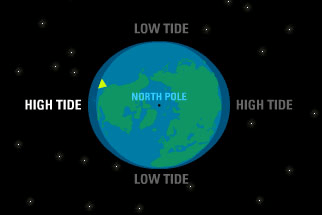True or False
The scientific method is the process where you:
1. Make an observation
2. Ask a question/ Identify a problem
3. Create a hypothesis
4. Design an experiment
5. Collect and analyze results
6. Construct a Conclusion
What is True
The Law's of Newton were named after...
Sir Isaac Newton.
The force that keeps us from flying out into space is called...
What is Gravity.
The image is showing which moon phase:

What is a New Moon.
The Planet CLOSEST to the sun...
What is Mercury.
The Independent Variable is … (hint: does this variable stay the same? Or does it change in an experiment?)
What is a variable that stands alone and is what you are changing in an experiment and is NOT being measured/observed.
The First law of Newton is know as the law of INERTIA because...
An object in motion stays in motion unless acted upon an outside force.
Or
An object at rest stays at rest unless acted upon by an outside force.
The force that resists the sliding or rolling of one solid object over another...
What is Friction.
The image is showing the Earth ____ around the sun:

What is a Revolution/Orbit.
The kind of planets that have MORE DENSITY are called...
What are INNER PLANETS.
The Dependent Variable in an experiment is ...
What you are measuring/observing.
The Net Force is...
The combined effect (the sum) of all the pushing and pulling forces actually acting on the object.
OR
The SUM of all forces
The reason why the planets revolve around the sun, and the sun revolves around the Milky Way Galaxy...
What is Gravitational Force.
The image is showing which Eclipse:

What is a Solar Eclipse.
Give three things Outer Planets have in COMMON/the SAME...
1.Ring System
2.Farthest away from the sun
3. Many Moons
4. small Density
5.Large Radius
6. Gas surface
7. Hydrogen and helium in the atmosphere
The difference between an independent variable and the dependent variable is …
Independent variables what you are changing and the dependent variable is what you are measuring/observing.
The completed formula for Newton's 2nd law is...
Force is equal to the mass times the acceleration of an object.
The difference between potential and kinetic energy is...
Potential energy is stored energy
Kinetic energy is the energy an object has because of its motion/moving.
The _____ and _____ are two things that have an effect on the TIDES:

What is the MOON and the SUN.
Give FOUR things that INNER planets have in COMMON/SAME...
1.Rock surface
2. Closest to the sun
3. Large Density
4. Small Radius/size
5. No ring system
6. 0 to 2 moons
7. Carbon and Nitrogen in the atmosphere
Name which is the dependent variable ( what you are measuring/observing) in this experiment:
How does THE MASS of a moving car affect THE DISTANCE a stationary car moves when they crash?
The Dependent Variable: The DISTANCE of the stationary car is being measured/observed.
The moon is much smaller than Earth. If the Earth pulls on the moon does the moon pull on the Earth with the same amount of force?
(Hint: think of Newton's Third Law)
What is Yes because according to Newton's third law states that for every action there is an equal and opposite reaction.
The non contact forces that can pull or push objects without touching them are called …
(Hint: Name two)
What is Magnetic force, Gravitational force, and/or static-electric force
Why do we have different seasons on different hemisphere on Earth? Make sure to list two KEY POINTS in your explanation.
The Earth's orbit/revolution, and tilted axis is the reason for the seasons.
List the INNER planets in order AND List the OUTER planets in order...
INNER: Mercury, Venus, Earth, and Mars.
OUTER: Jupiter, Saturn, Uranus, and Neptune.